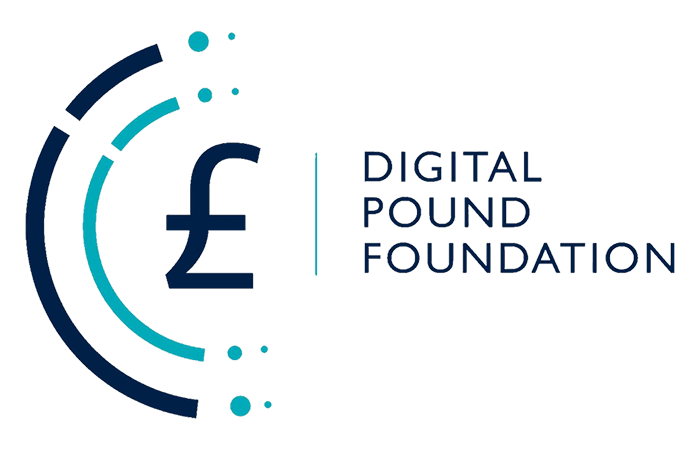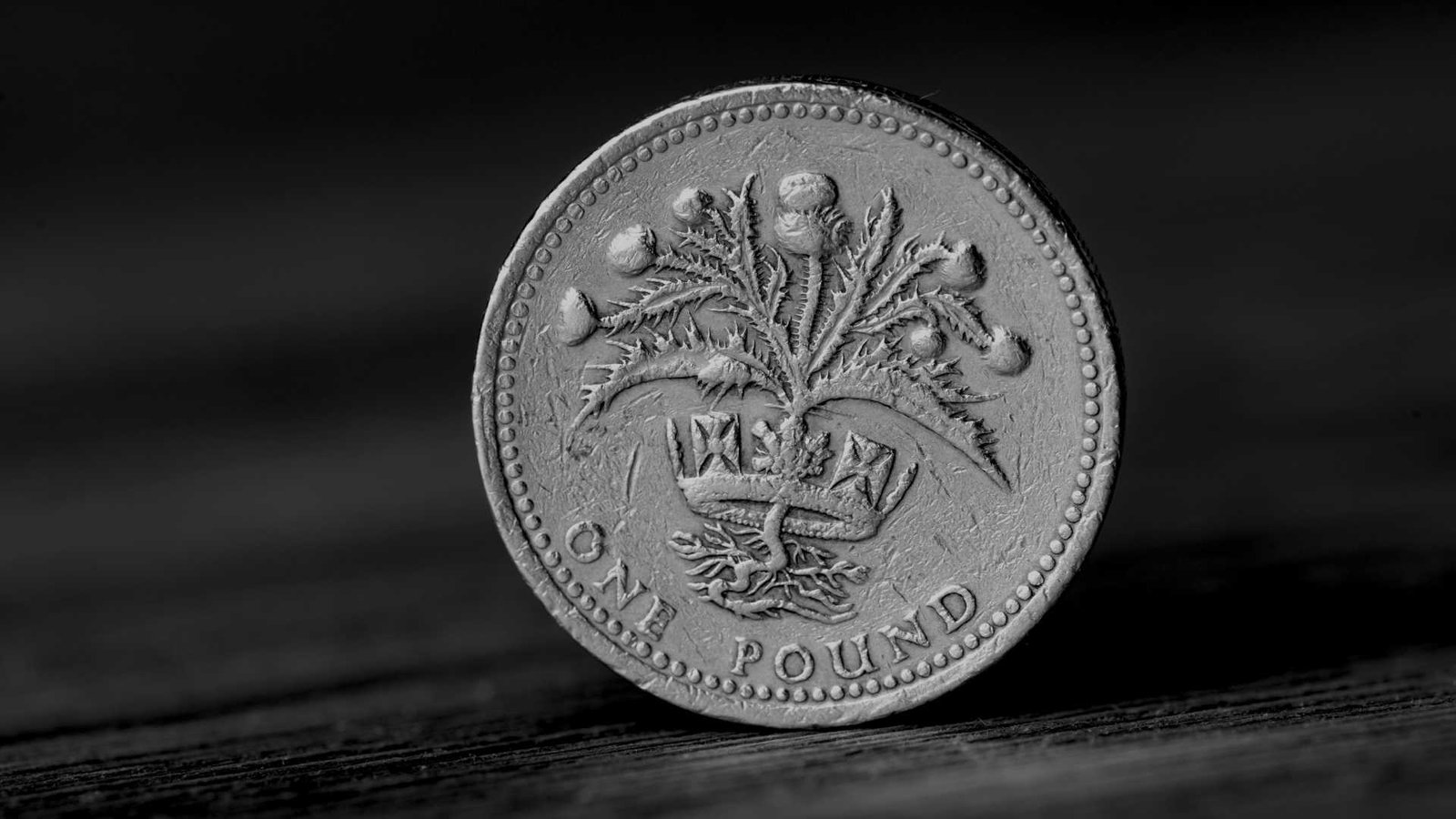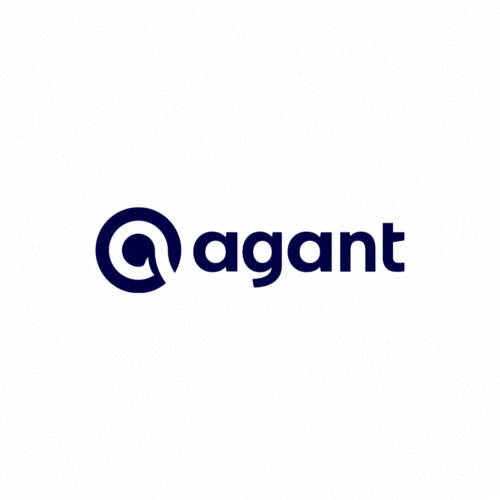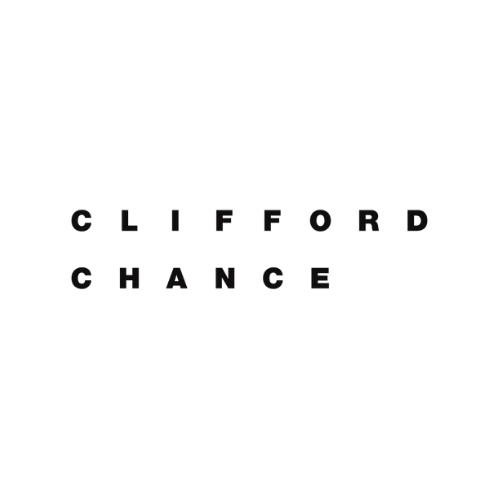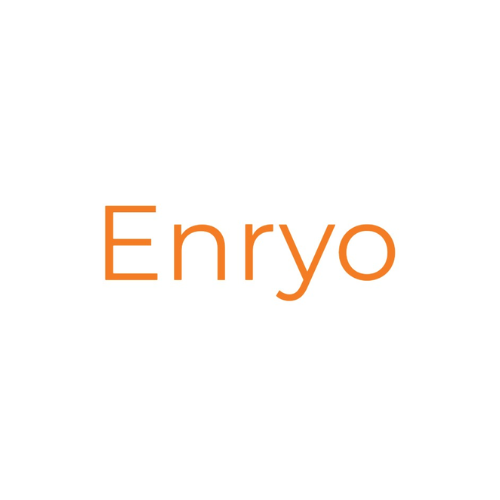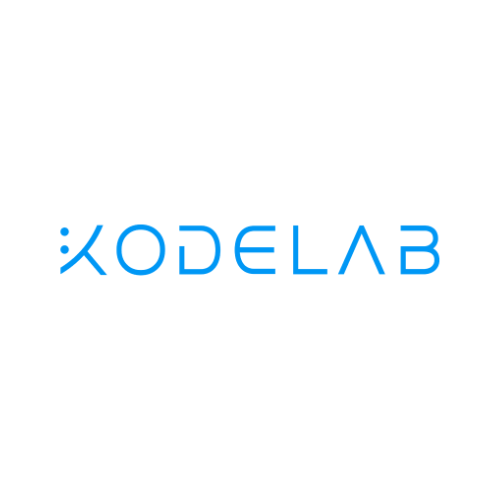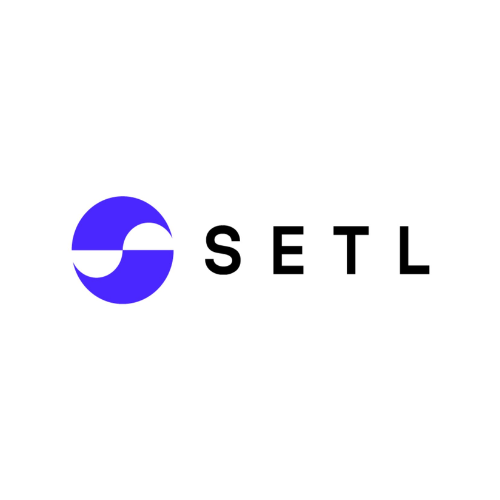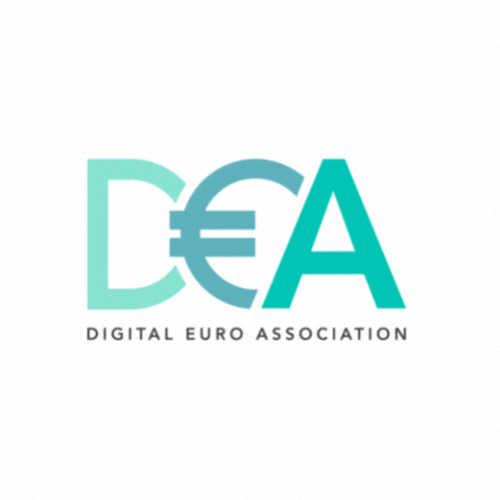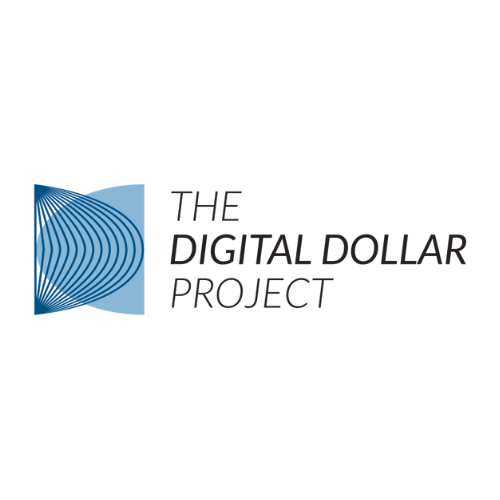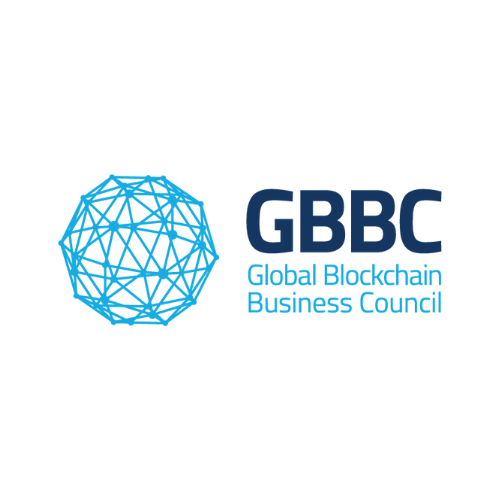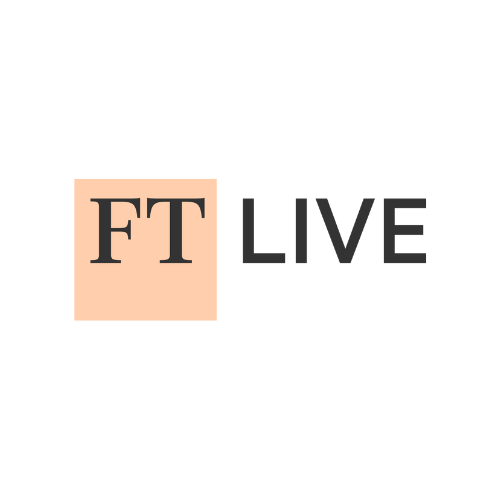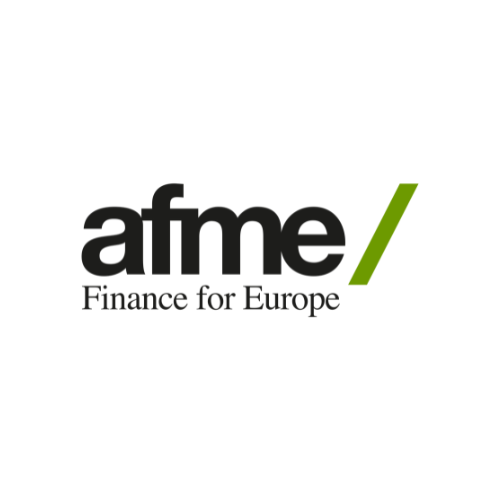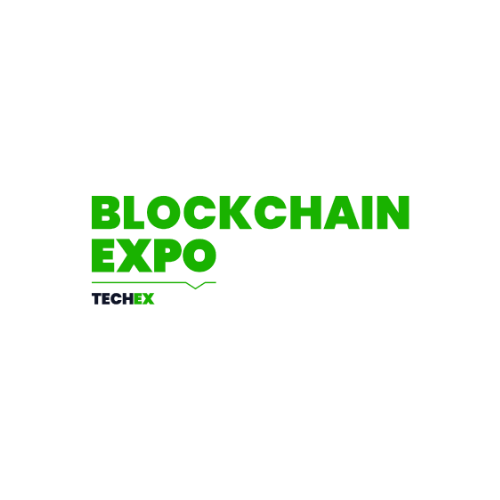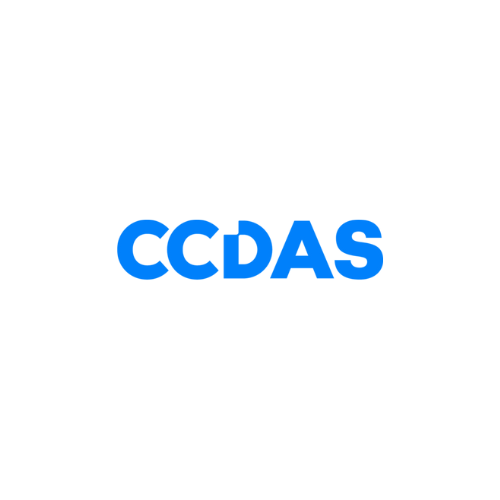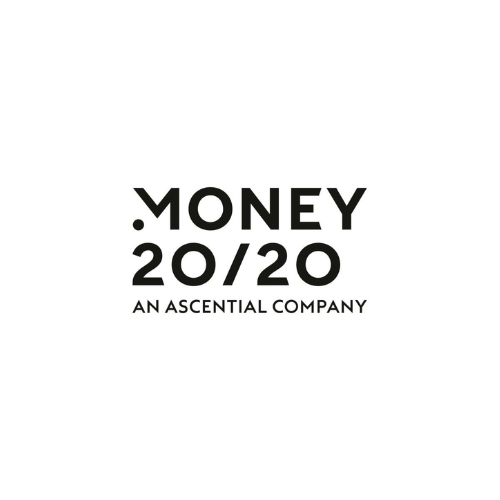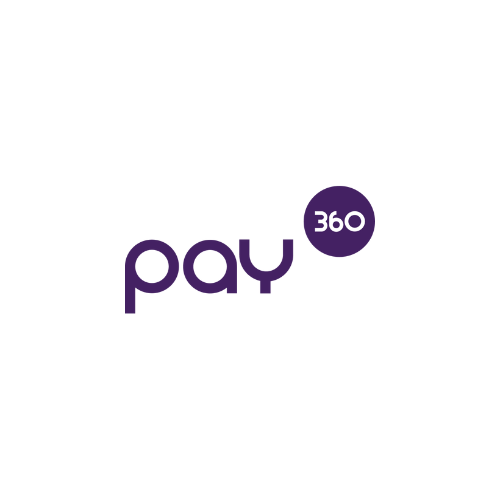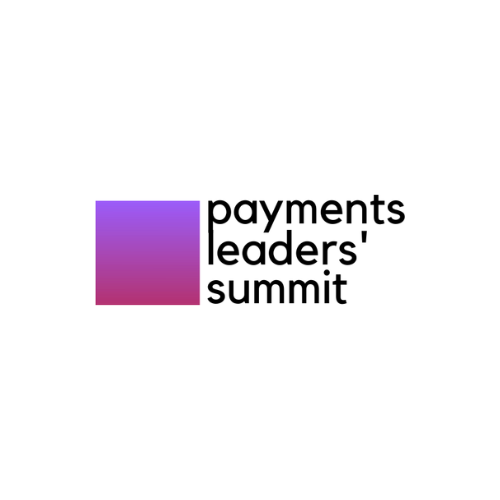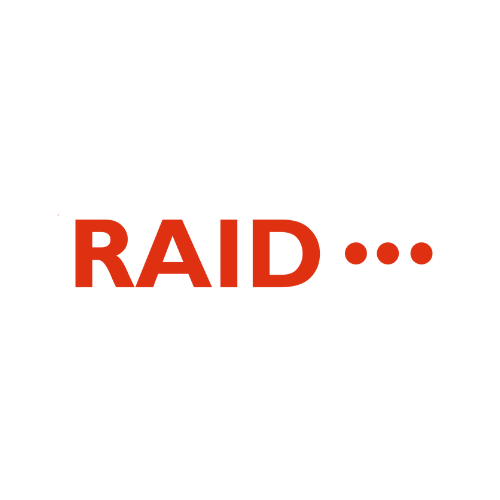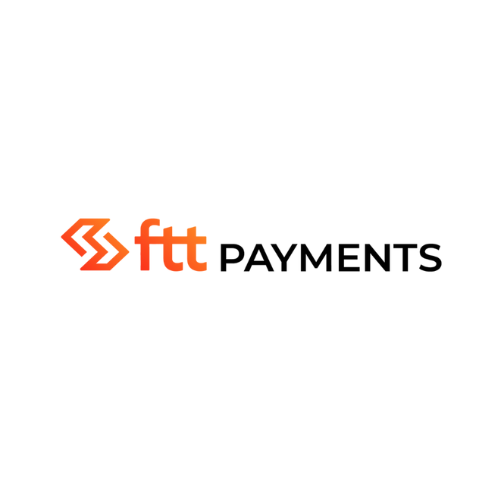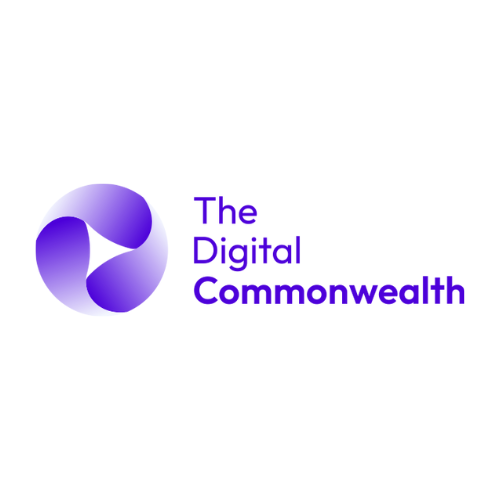The Reserve Bank of Australia (RBA), in partnership with the Digital Finance Cooperative Research Centre (DFCRC), has opened a consultation to explore wholesale Central Bank Digital Currency (CBDC) and asset tokenisation, aiming to gather feedback by 11 December. The initiative, part of “Project Acacia,” invites industry stakeholders to participate in trials scheduled for 2025, with additional opportunities for involvement in an industry advisory group.
Project Acacia will focus not only on a wholesale CBDC but also on alternative forms of digital money, such as tokenised deposits. Unlike prior experiments, where the CBDC was issued on central bank infrastructure, the new trials will consider issuing a pilot wholesale CBDC (wCBDC) on third-party blockchain networks, following the example set by Switzerland’s Project Helvetia.
Brad Jones, the RBA’s Assistant Governor, stated that the project seeks to explore how innovative wholesale markets might benefit from new forms of digital money and the accompanying infrastructure. He highlighted the potential for tokenised asset markets to improve the efficiency and resilience of wholesale payments and settlements, as well as their prospective role in enhancing cross-border transactions. Nonetheless, the initial phase of Project Acacia will concentrate on domestic wholesale settlements.
Settlement Models in Digital Money
The RBA and DFCRC recently completed the initial phase of Project Acacia, conducting desktop research on various digital money settlement options. They examined five forms of settlement assets: existing central bank money (Exchange Settlement Accounts, or ESAs), wCBDC, deposit tokens, reserve-backed digital currency (RBDC), and fiat-backed stablecoins. Notably, deposit tokens represent tokenised versions of commercial bank money, while RBDC is akin to a pooled central bank-backed token.
One of the notable challenges with tokenised deposits is the need for a two-step settlement process when transacting parties use different banks. The RBA highlighted this “interchange mechanism,” where bank tokens transfer between buyer and seller banks before the banks settle with one another. In cases where settlement assets reside on separate platforms, synchronisation becomes crucial to ensure consistency between the tokenised money and asset platforms.
This type of synchronisation aligns with experiments by the European Central Bank, specifically Germany’s Trigger solution and Italy’s TIPS Hashlink offering. The RBA also acknowledged the Bank of England’s new synchronisation capabilities as part of its RTGS renewal programme.
Evaluating Trade-offs for CBDC and Tokenised Money
Project Acacia also identified five potential settlement models, involving both tokenised deposits and wCBDC, though stablecoins were excluded. The RBA does not intend to select a single model, as different markets may benefit from varied approaches. The research highlighted trade-offs, such as the economic benefits of issuing a wCBDC on third-party platforms to support atomic settlement and composability, which could enhance efficiency and risk reduction but might reduce the central bank’s monitoring capacity.
Conversely, using existing central bank reserves for settlement would entail fewer adjustments, though this approach sacrifices some benefits of atomic settlement. Understanding these trade-offs is a key focus for the RBA.
As Project Acacia progresses, it will involve collaboration with the Australian Securities and Investments Commission (ASIC), the Australian Prudential Regulation Authority (APRA), and the Treasury, potentially prompting regulatory changes. The ASIC sandbox framework may be used to test these developments.
This research highlights the diverse architectures for digital money and sheds light on the trade-offs inherent in adopting wCBDC and tokenised financial assets.
